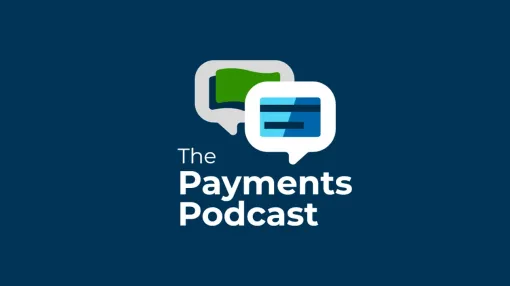If we all know that manual processes and payments cost you a ton of money, why are so many businesses burning their funds on outdated methods for payments?
Ardent Partners 2024 State of ePayables report found that just 37% of businesses are using secure, electronic methods via business payment networks. A more robust 67% of companies in the United States use electronic invoicing solutions; however full automation is still out of reach for many businesses.
This lack of adoption is the core conundrum for finance functions in 2024: It’s an open secret that manual invoices and payments are more expensive, time-consuming, and headache-inducing than digital means and methods. Yet adoption is happening in fits and starts, and in some cases, not at all.
Let’s break down the hidden and not-so-hidden costs of manual payments and processes.
Invoice inaction
Payments draw the headlines and dominate the discussion around accounts payable, but invoices account for significant costs.
Those costs are out in the open. Ardent Partners estimates that for companies without best-in-class processes and automation software, the average cost of processing an invoice is $12.88. Considering the average US business handles about 500 invoices a month—and larger companies far more than that—the annual costs of invoice handling are likely tens of thousands of dollars for organizations.
Those costs center on items like ink and paper, with the latter rising nearly 13% in 2022 and a further 3% in 2023, per IBISWorld. However, the costs are even more significant when you consider time.
Ardent Partners found it takes an average of 17.4 days for businesses without automation solutions to process a single invoice. That includes receiving and routing that invoice, manually reviewing it and matching it to a purchase order, routing for approvals, closing out the invoice and issuing payment. That’s over three weeks of business days, with multiple sets of hands touching the invoice to get it paid.
That inefficiency adds up to employee hours that are, to be blunt, not well-spent. Finance teams considering the cost of automating their invoice processing may only consider the obvious expenses such as paper and ink. However, they often overlook the significant cost in terms of employee time and morale, which prevents the organization from achieving greater efficiency.
Payment pains
As my colleague Evan Hall noted following the IOFM (Institute of Finance and Management) Spring Expo, many businesses stubbornly stick with checks in a world where that payment type is increasingly archaic. As with paper invoices, this may reflect sticking with a tried-and-true method and an unwillingness to pay for and allocate time for implementing an automation solution, which is understandable in a cost-cutting environment.
Yet checks are expensive—estimates generally run from $5 to $9 per payment—and increasingly exposed to sophisticated fraud attacks. Some states found in 2023 that check fraud attempts had soared by up to 143%, adding an added potential costs and risks for checks.
There are hidden costs here, too. Generating and approving checks in-house—or batching them for outsourced check solutions—and simply handling envelopes and mailing steals time from accounts payable staff, who have better and more important things to do.
Even for companies leaning away from checks, those time concerns dominate manual outreach processes to vendors, who often must be called and emailed multiple times to be encouraged to accept virtual cards or ACH payments. As Evan explains it, there are employee expenses and opportunities squandered that can add up:
“If companies do not have the bandwidth to dedicate even one person to a 40-hour week of contacting suppliers to get them to accept an electronic payment method, you need a solution partner with a proven track record of success at doing that outreach for you,” he said. “You want them to act as an extension of your AP team so you can focus on delivering prompt payments, taking advantage of early payment discounts, and freeing up the team to focus on other major priorities.”
Automation drives down costs
Unsurprisingly, automating everything is the best way out of the cost swamps associated with manual payment processes and paper invoices.
Ardent Partners found that automating invoices with what it terms as best-in-class methods—for example, high-end providers of digital solutions—saves companies over $10 per invoice in hard costs. Given that best-in-class organizations also trim a staggering average of 14 days off their processing time for invoices, the savings there are even more significant than it initially seems.
Automating tasks creates a genuine opportunity to make staffers, who must use costly materials and spend their valuable time manually keying and matching line items, more efficient and satisfied with their jobs.
The same philosophy extends to payments, where staff who drain time and energy manually processing payments and reaching out to vendors to enroll them in methods like virtual card and ACH (Automated Clearing House) could benefit significantly from automating and outsourcing much of that work. A recent survey of Paymode customers found that the majority had cut processing time by 50%, and because Bottomline handles all vendor enrollment services, the hours spent there evaporated.
There are varied costs for legacy payments and processes, some readily apparent and some that require digging a little deeper to find. What they have in common is that they can all be reduced significantly or eliminated entirely by investing in a better tomorrow through accounts payable automation.


